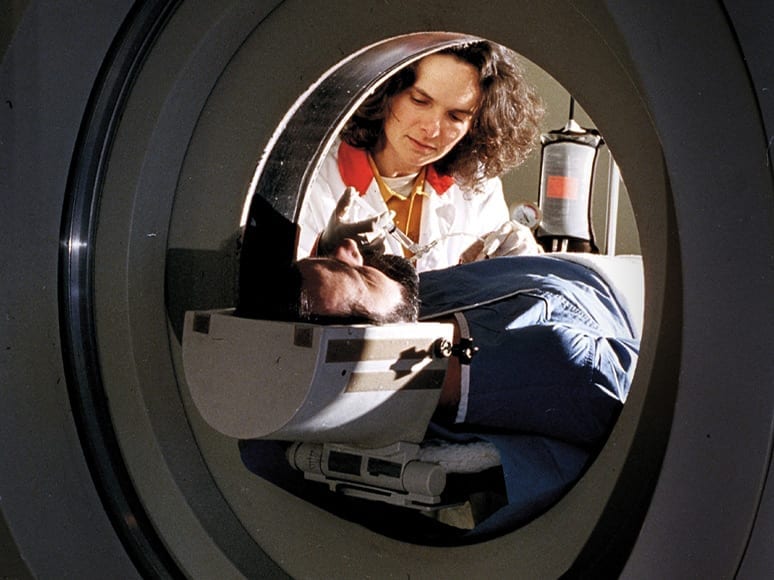Researchers Identify New Differentiating Factor in the Brains of Schizophrenics
Thanks to a “freshly tweaked brain-scanning method”, researchers at Imperial College London and King’s College London have been able to identify a protein (called SV2A, or synaptic vesicle glycoprotein 2A) – or more accurately a lack thereof – that “could be the key underlying factor in the development of schizophrenia,” IFLScience.com reports.
SV2A can be found in between the synapses of the brain and affects how brain cells communicate with one another. The lack of this protein could hinder this connection.
The study, published in Nature Communications, utilized a tracer that bound to the SV2A protein and emitted a signal that could be detected by PET scan. They scanned 18 adults with schizophrenia and compared them to 18 people without schizophrenia.
“We’ve been able for the first time to show there are lower levels of synaptic protein in people with schizophrenia. This suggests that loss of synapses could underlie the development of schizophrenia,” Professor Oliver Howes, of the MRC London Institute of Medical Sciences at Imperial College London, and the Institute of Psychiatry, Psychology & Neuroscience (IoPPN) at King’s College London, said. “We need to develop new treatments for schizophrenia. This protein SV2A could be a target for new treatments to restore synaptic function.”
The researchers found this deficiency was particularly noticeable toward the front part of the brain.
“Having scans that can characterize the distribution of the approximately 100 trillion synapses in the living brain, and find differences in their distribution between people with and without schizophrenia, represents a significant advance in our ability to study schizophrenia.”














